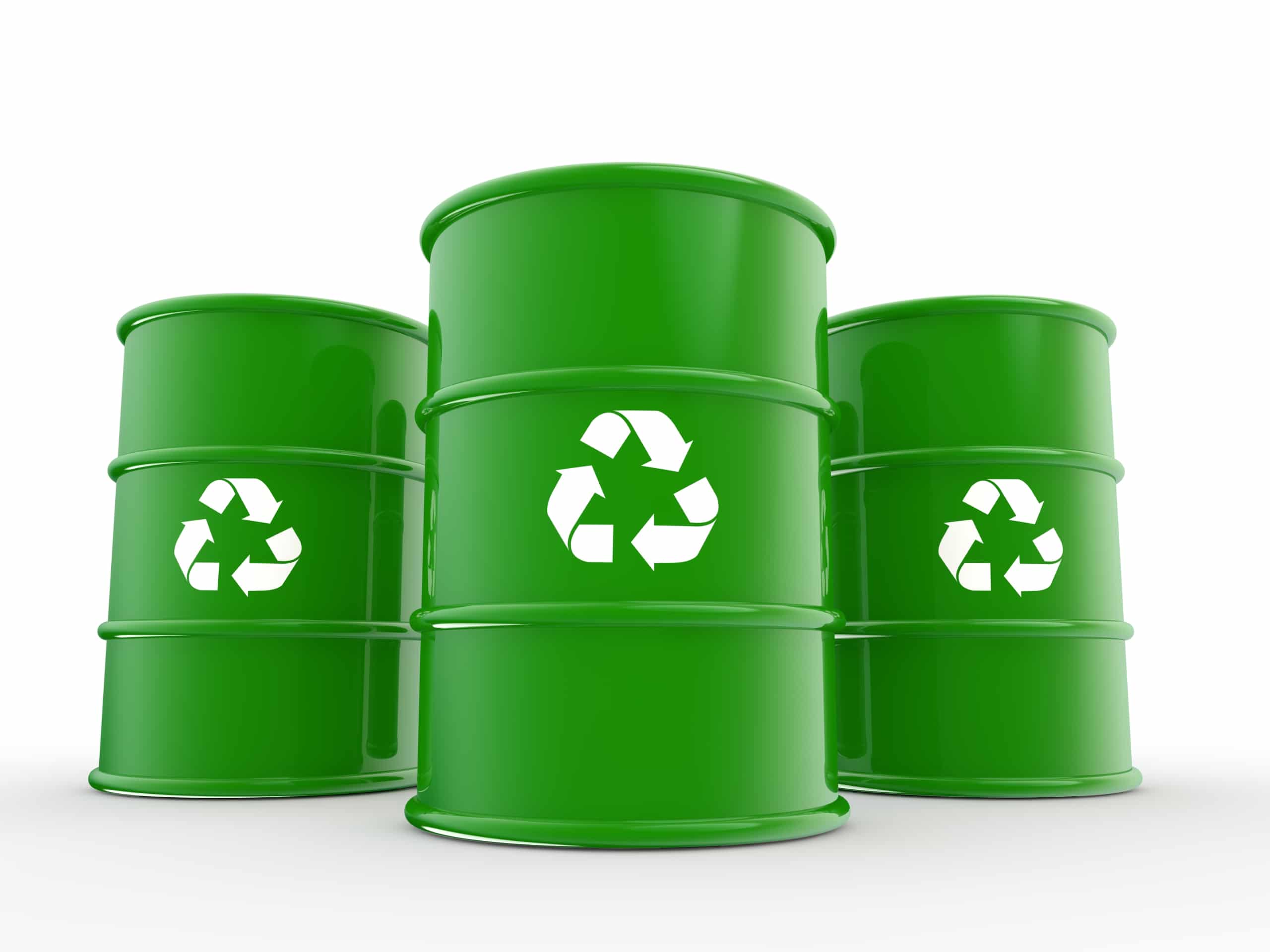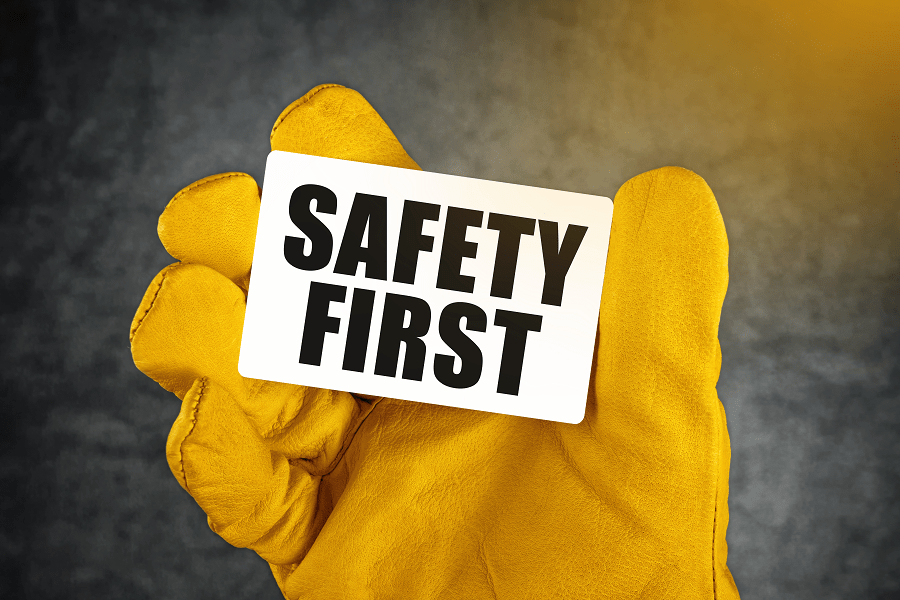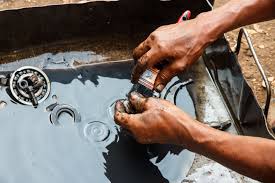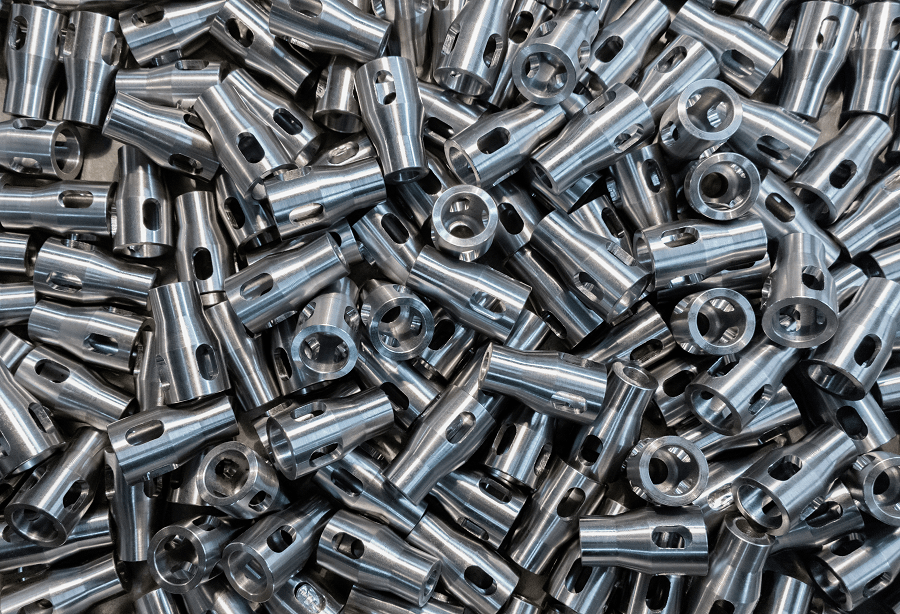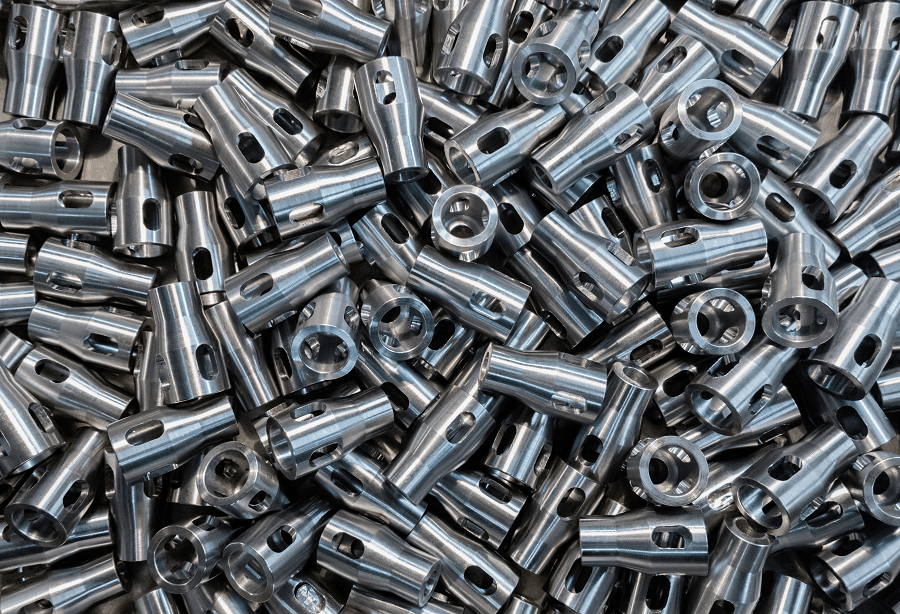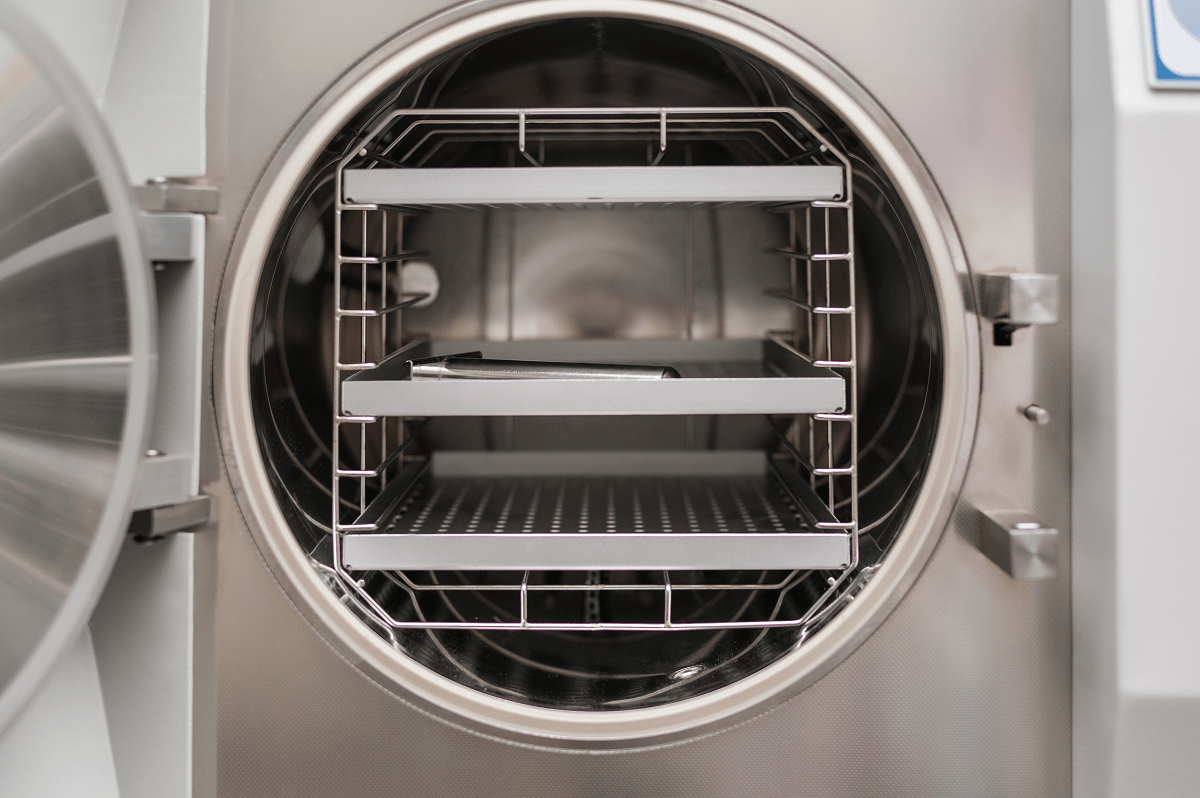Industrial businesses are usually associated with tough, demanding, and rigorous manual labor. The workforce performing manual labor will go through intense training courses on safety and how to correctly operate machinery before being placed on the job. Numerous...




